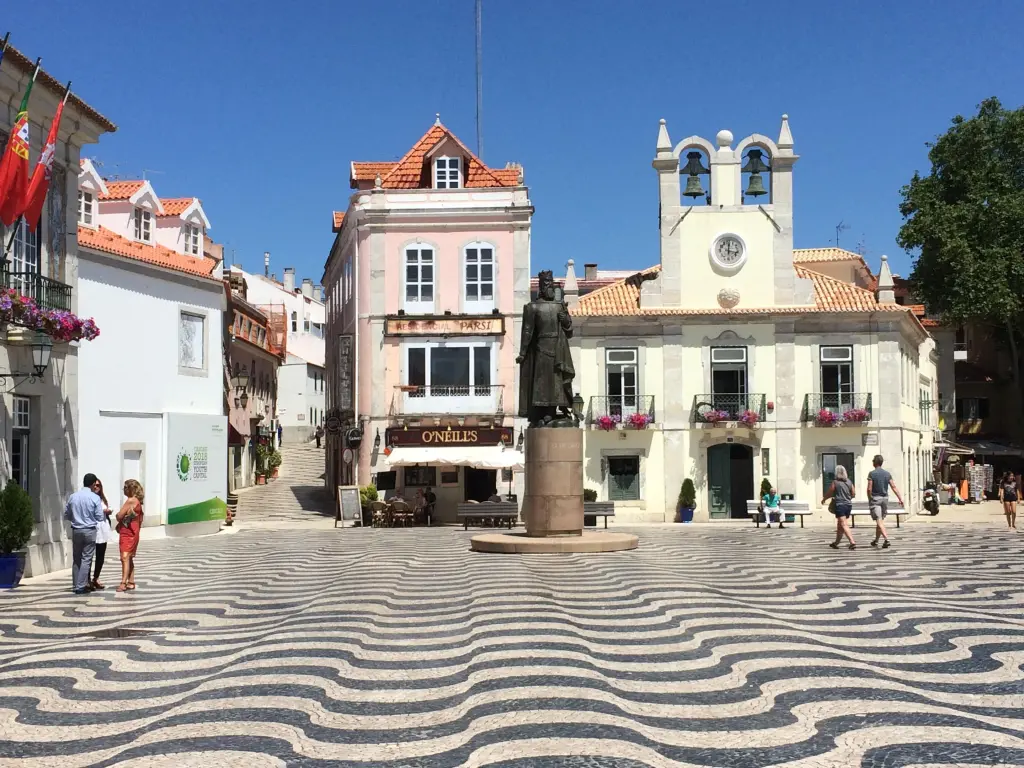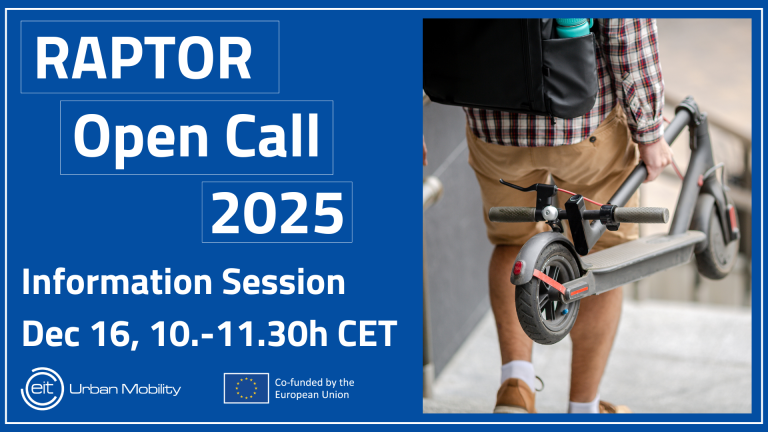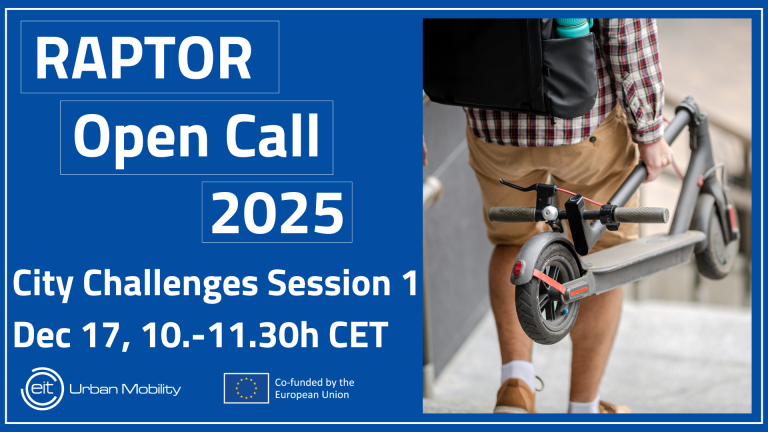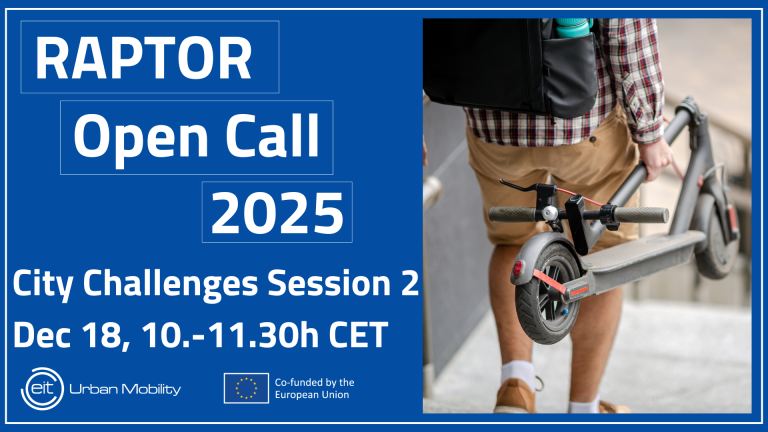Premium experience at bus interchanges in Cascais
Challenge
The Carcavelos-Hospital road axis is a diagonal cutting through the city area from its southeast corner to its northwest corner. It gained a critical role in the public transport network of the city after 2021, as the Cascais public transport network was completely restructured to improve efficiency and this road became a structural part of it as it received a fast express bus line making a diagonal in the city area. The express bus line is now fed by local bus lines picking travellers from surrounding neighbourhoods.
Although the new network based on the express-feeder model is now generally much faster to go from point A to point B than the old network, citizens complain that they used to be able to perform their routes without transfers and now they have to take more than one bus. As a worldwide observed phenomenon, travelers tend to dislike interchanges, which weigh in negatively on the user’s perceived cost of the trip.
This challenge aims to transform the interchange experience into a positive one. Rather than a burden, interchanges should be perceived as a highlight of the travel experience.
This may be achieved via different mechanisms, for example through the use of particularly appealing urban furniture for bus stops, the use of technology hardware or software, the gamification of the interchange actions and waiting time, or any other creative solutions to improve the mood or utility felt by the traveler.
The city council has already identified three particular stops (Rebelva, Matarraque e Alcoitão) to focus on in the pilot, based on their demand and space setting.
CURRENT SITUATION
The solution outcome can be given as any of the following :
- The demand for bus public transport in Cascais will increase
- The relative status of bus transport in Cascais will be improved
- The bus interchange will become a desired experience by bus users
The solution should target at least one of the following impacts:
- 80% of bus stop users will rate the interchange experience as a desired moment of their trip
- 5% use of the bus stops intervened

Solution
The bus interchange experience challenge was addressed by Omniflow smart lamppost which self-supplies itself of both wind and solar energy enabling the integration of services in the bus stop. The added benefits include the ability to provide lighting during the night, cell-phone charging stations as well as powering low-energy information panels. One of the designs also included a circular bench around the pole with incorporated solar panels, which the municipality also requested. Omniflow and the municipality ended up selecting several distinct places to implement these smart poles based on a preliminary analysis of the available public space, average number of passengers on different bus stops and number of bus lines.
Results
•The pilot took place in two bus stops
•Radical improvement of the urban furniture by proposing a modern and sustainable solution
•Social integration of the solution with valued services for elderly and youths





